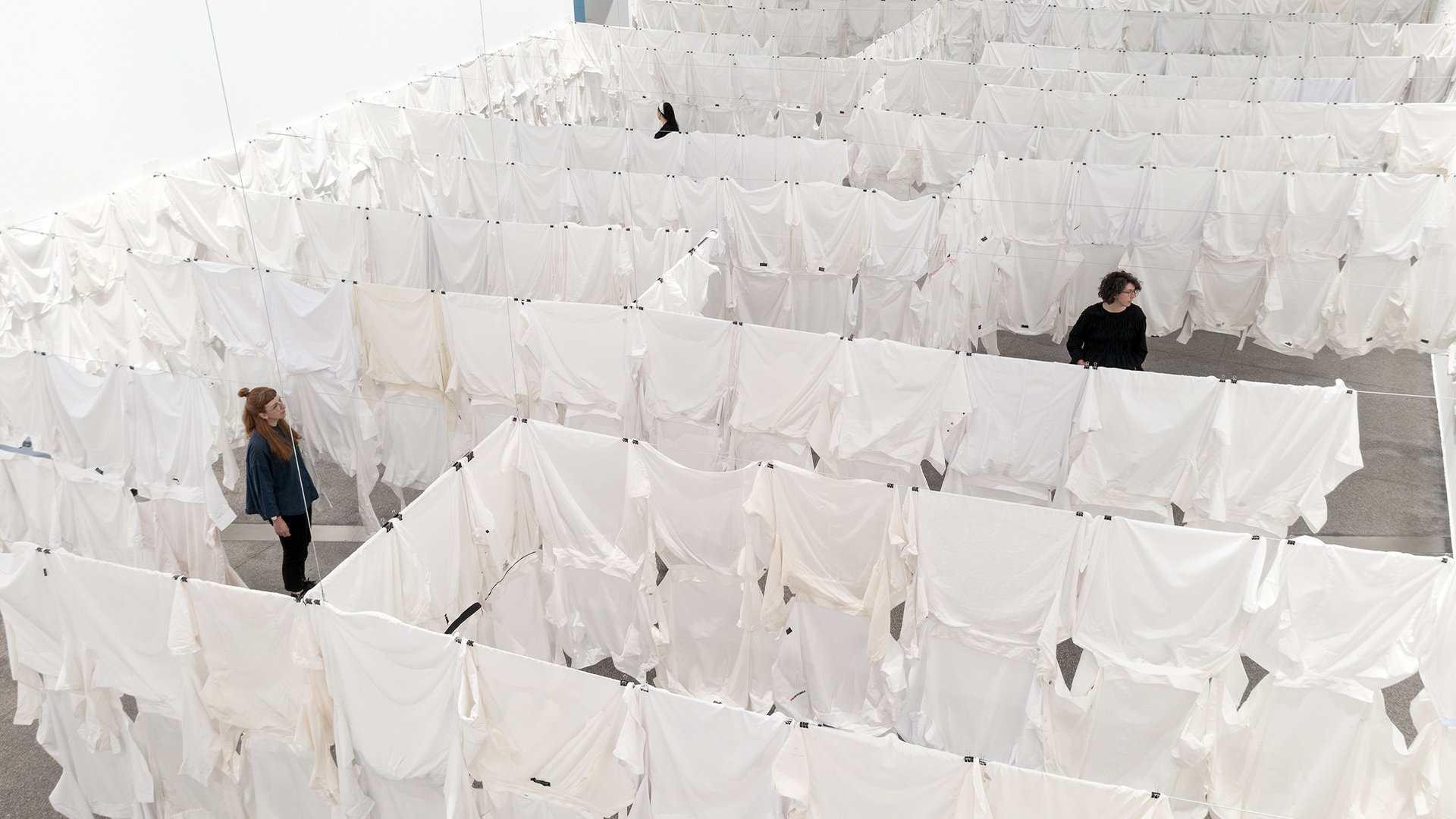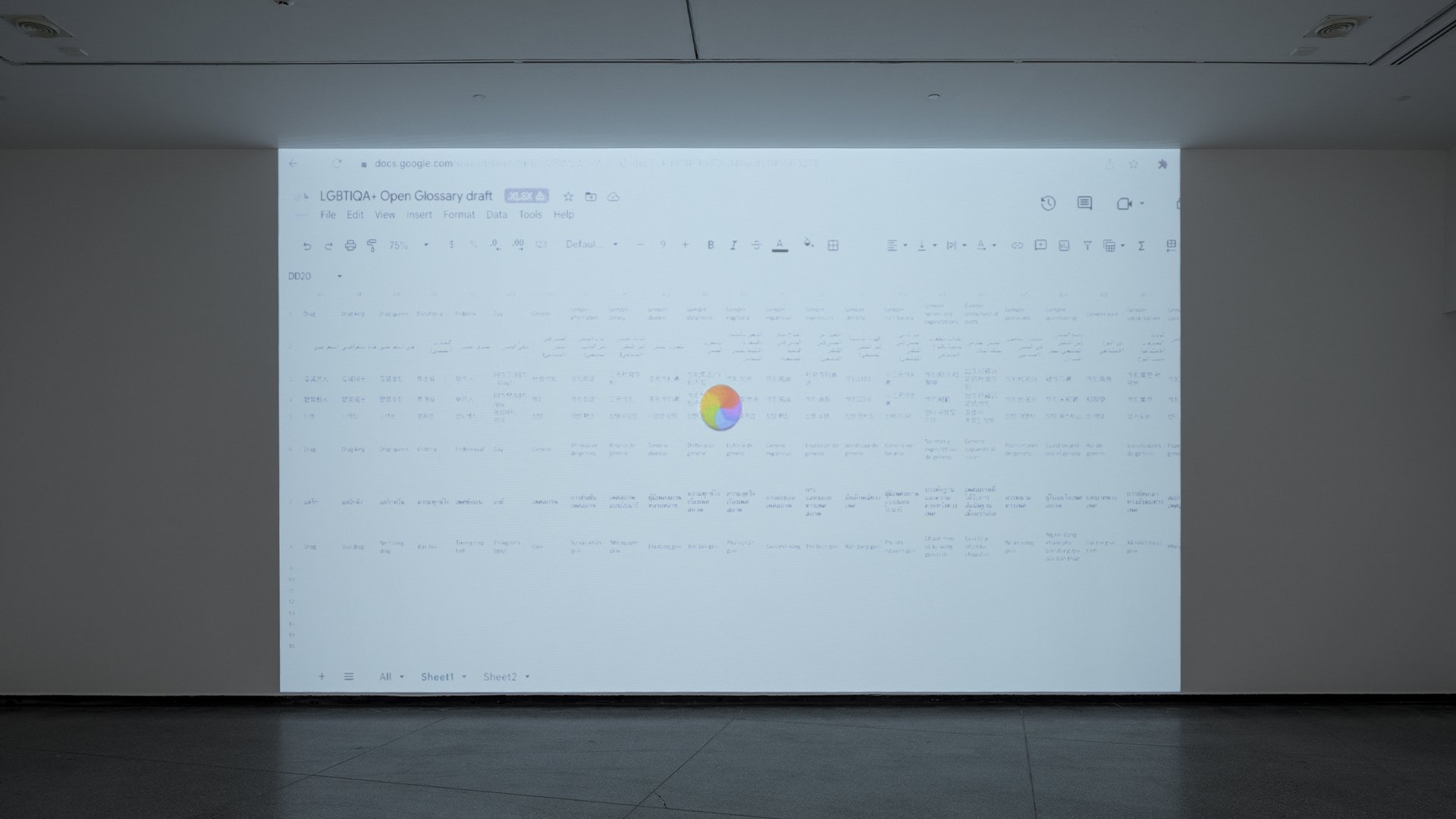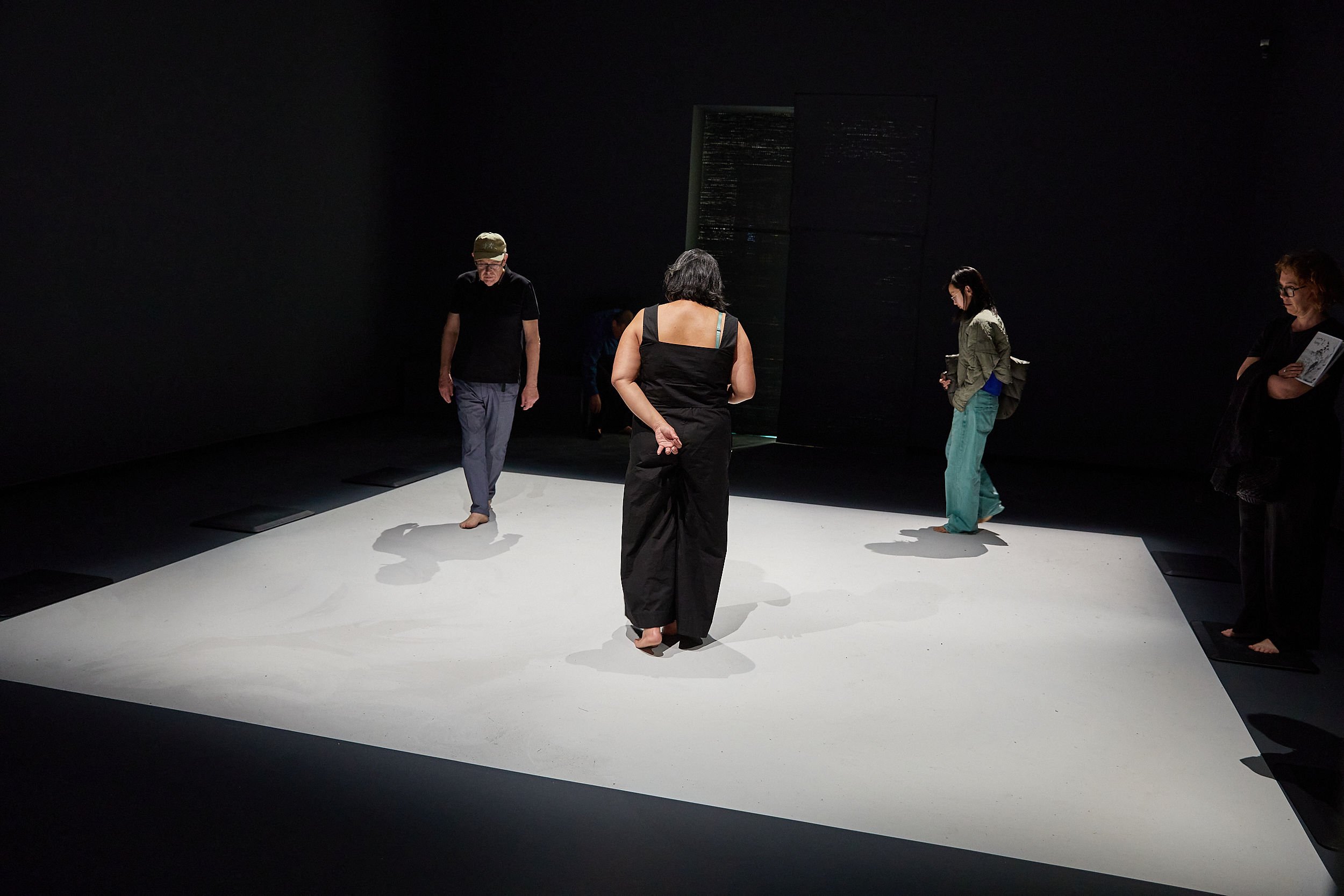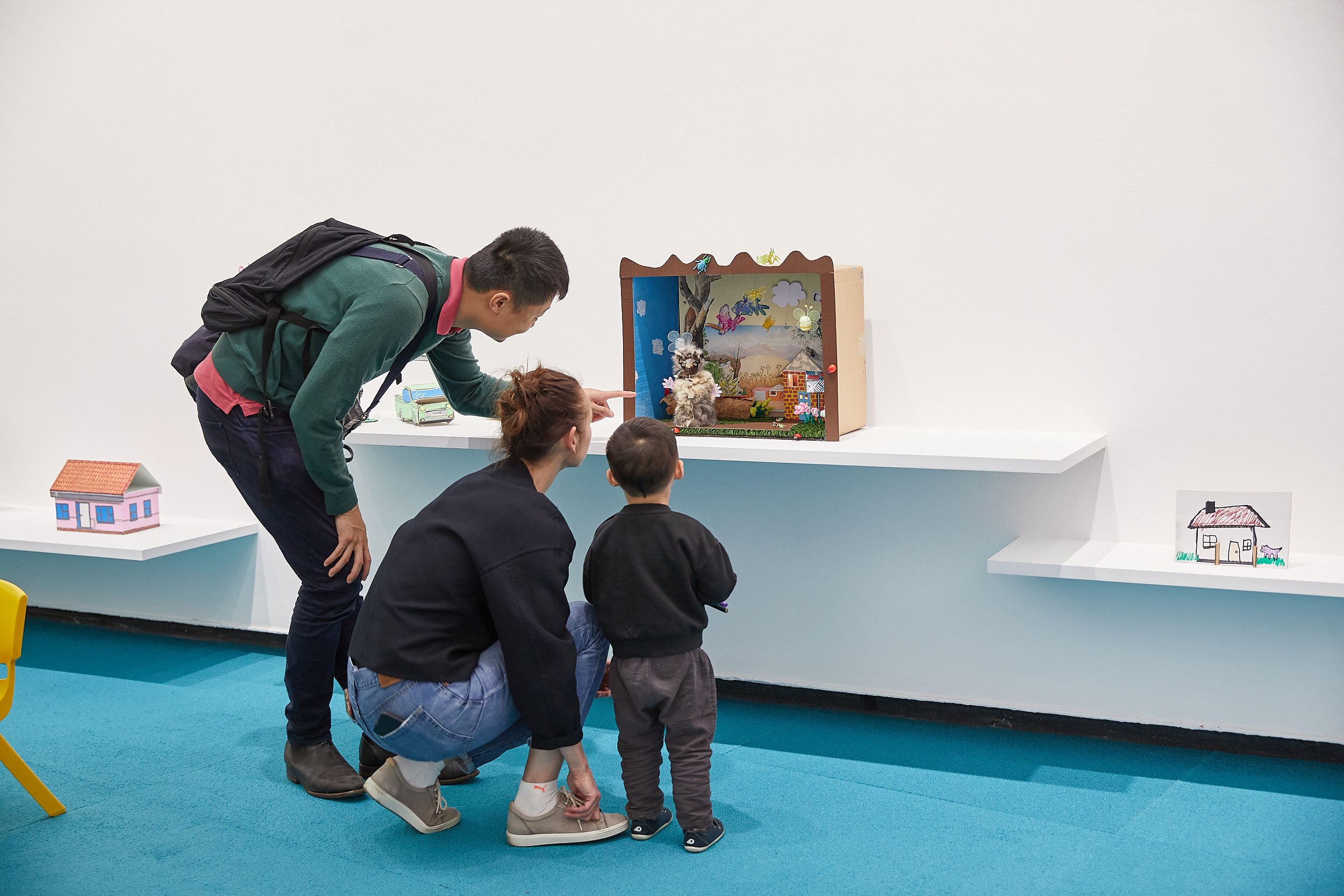What do you mean: James Nguyen’s ‘Open Glossary’ at ACCA
/James Nguyen’s ‘Open Glossary’ currently on display at the Australian Centre for Contemporary Art (ACCA) provides a dazzling opportunity to think about which words are key to our lived experiences and to interpret those words for ourselves. Especially for those of us who grew up in households where dictionaries were sacred objects, able to transport an individual whose psychological life was confined to a small village, into a multicultural city and the opportunities and independence that entails.
For Nguyen, words have real power, and possess the capacity to dance in and out of their languages of origin and challenge the powers that keep them in their sway. Nguyen’s practice playfully integrates languages and artistic disciplines, and serves a social function by supporting marginalised voices, rich with insight about the nature of belonging in a pluralist society.
When viewing Nguyen’s work, I was reminded of Russian philosopher and literary critic Mikhail Bakhtin’s (1885-1975) work on the notion of heteroglossia, or the idea that different languages can be juxtaposed, contrasted, collaged, and contrasted to convey that a language is also a perspective. Nguyen’s work touches on these concepts while insisting on pluralities, underscored by the contribution of several guest artists in ‘Open Glossary’.
This plurality is evident from the initial gallery, where a tapestry of interlinked white shirts, sourced from all over Australia, are sewn together to form a kind of Praetorian Guard. The installation reminds viewers of the deregulation of the garment trade and the independence of women working in the industry. An audio collaboration between Nguyen and Budi Sudarto provides multilingual interviews reflecting on the provenance of the shirts. For this reviewer, whose Italian grandmother worked as a pieceworker, it’s a familiar and beautifully spot lit story.
The next gallery speaks most strongly to the concept of ‘open glossaries’ at the heart of Nguyen’s presentation. A series of angel costumes, a mainstay of queer rights protests since the Stonewall riots, have been embroidered with the words for ‘queer’ in different languages. Projected onto a screen, A Queer Glossary shows the evolving nature of sexuality and its languages, as a colorful spinning wheel belies a permanent stasis between struggle and change.
The adjacent gallery showcases a collaboration between Nguyen and Tamsen Hopkinson (Ngati Kahungunu, Ngati Pahauwera). The space offers an embodiment of the ‘Hui’ which is a word for ‘meeting space’ shared between Indo-Pacific and Moana Polynesian cultures. This meeting space is fringed with prayer mats, and shoes must be taken off to enter. It serves to reflect the value of community spaces that can provide a platform for cross-cultural encounters.
The final gallery was developed collaboratively by Nguyen and Kate ten Buuren (Taungurung) as a space where young folk can consider their relationship with Aboriginal and Torres Strait people in contemporary Australia. The interactive space contains a variety of hats styled after native animals, dioramas and materials to create drawings, as well as zines and the story of Lerty the Possum who just wants to sing, and to find and share her voice.
‘Open Glossary’ is an arresting exhibition that gives voice to a range of important perspectives and brings them together in a rich and euphonious chorus.
Vanessa Francesca, Naarm/Melbourne
‘Open Glossary’ is supported by the Copyright Agency Partnerships Commission and is on display at the Australian Centre for Contemporary Art (ACCA) until 19 November 2023.
Please note macrons in the Te Reo Maori terms do not appear on this webpage.






















